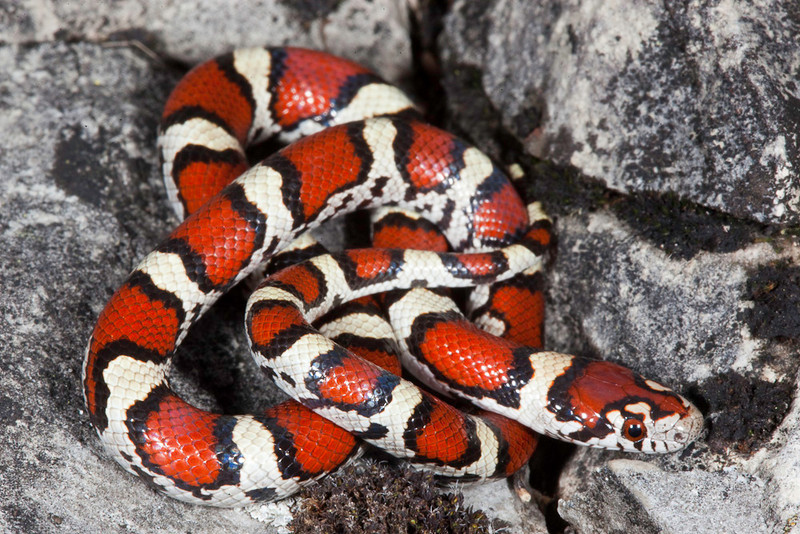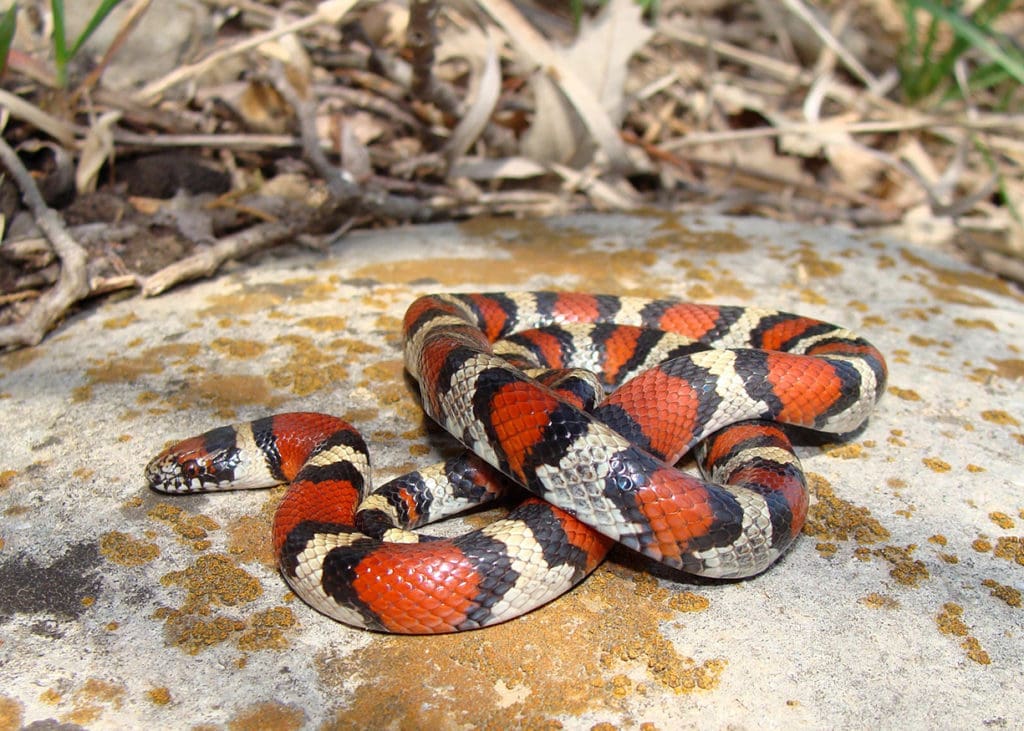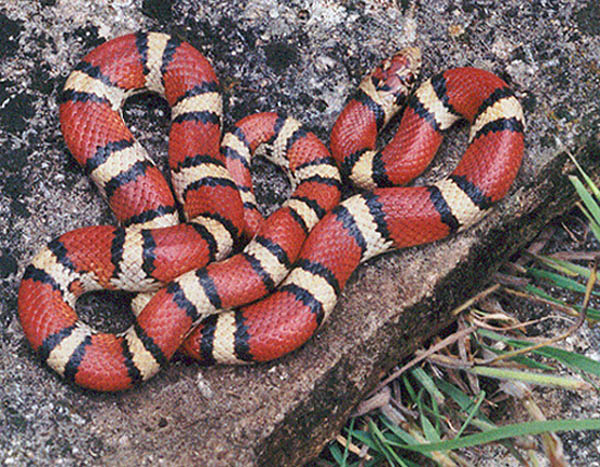

They also live under rocks or logs in other habitats including fields, savannahs, agricultural, suburban, wetlands, and forest edges.ĭiet: Prefers mice, shrews, and voles but also eats lizards, snakes, birds, and eggs.īreeding information: Adults breed in the spring. Habitat: Milksnakes are found in a variety of habitats, but generally prefer pine or hardwood forests with rock outcroppings.


Ĝopperhead has a copper-colored, unmarked head and triangular shapes on side of body.North American Racers and Gray Ratsnakes have divided anal scales.ĝark markings on back of Mole Kingsnake are well separated.Red Cornsnake has a spearpoint pattern between the eyes and underside of tail is striped.Prairie Kingsnake has brown blotches on the back and belly is brown or yellowish-brown.Belly is marked with black and white checkerboard pattern, except dorsal pattern on Scarlet Kingsnake continues onto belly. Scarlet Kingsnake has a red snout and alternating bands of red, black, and yellow the length of the body in which red touches black but not yellow. Small, black markings occur along the sides. Red Milksnake has a white or yellow body with red, reddish-brown, or orange-red, black-bordered blotches on the back. Smaller, similar blotches also extend along the lower sides. Eastern Milksnake has a gray or tan body with irregular brownish or reddish-brown, black-bordered blotches down the back sometimes has a pale "Y" or "V" shaped mark on the back of the head. The ranges for all 3 subspecies overlap in Middle and lower East Tennessee.ĭescription: A slender, medium-sized, shiny snake (24.0 to 36.0 inches in length for Eastern 21.0 to 28.0 for Red 14.0 to 20.0 for Scarlet Kingsnake) with bright colors or strong patterns. elapsoides) extends from southern Land Between the Lakes southward along the Tennessee River to the Mississippi/Alabama border. syspila) is distributed across most of West Tennessee, and Scarlet Kingsnake (L. triangulum) occurs in upper East Tennessee, Red Milksnake (L. It was given the name “milksnake” because at one time people mistakenly believed that it could milk cows.Three subspecies of this brightly colored and strongly patterned snake occur in Tennessee: Eastern Milksnake (L. This snake feeds on small mammals, birds, reptiles, amphibians and fishes.

About eight to 20 eggs are deposited by the female in June usually in a rotten log, stump or leaf litter. When disturbed, it will vibrate the tail rapidly, hiss and strike. The milksnake kills prey by constriction. This snake overwinters in small mammal burrows. This reptile lives in fields, woodlands, rocky hillsides and river bottoms. The milksnake may be found statewide in Illinois. In central Illinois, the ranges of the two subspecies overlap with intergrades between the subspecies showing a combination of elongated or collar blotch patterns and from 21-38 body blotches that can be brown or orange. The blotches are red or orange in adults. It averages about 21 to 28 inches in length with a blotch that ends as a collar shape right behind the head and 19-26 larger blotches on the body. The red milk snake is found in the southern one-third of Illinois. This species is found in the northern one-third of Illinois. The eastern milksnake averages 24 to 43 inches in length, has smooth scales, a y- or v-shaped mark at the back of the head, large blotches (brown with black borders) on a gray or white back alternating with small blotches (33-46) on the sides and a head about the same width as the neck. Two subspecies of the milksnake are found in Illinois, the eastern milksnake ( Lampropeltis triangulum triangulum) and the red milksnake ( Lampropeltis triangulum syspila). Conservation Police Officer Comment Form.Conservation Reserve Enhancement (CREP).
RED MILKSNAKE ARCHIVE
Conservation Inclusive Construction and Development Archive (CICADA).


 0 kommentar(er)
0 kommentar(er)
